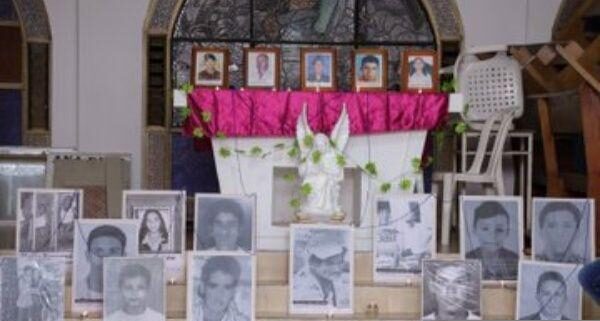
On Thursday, the Jurisdiction for Peace in Colombia (JEP) informed that an intervention carried out in a collective ossuary to recover the bodies of victims of forced disappearance, in Samaná, Caldas, led to the recovery of 171,806 bone structures.
The unprecedented operation, as described by the JEP, was carried out over 17 days in the San Agustín Cemetery by a specialised forensic team.
The analysis showed that the more than 170,000 bone structures recovered (isolated parts of unidentified bodies) would represent 831 people (the number of structures that make up a complete body).
However, when analysing each structure, only 113 anatomical blocks could be identified, i.e. 113 complete bodies.
From these findings, the Forensic Technical Support Group team identified 42 structures showing signs of violent events associated with the armed conflict, which were sent to Medicina Legal for identification.
The remaining 42 with signs of aggression were left in the care of the cemetery administration and the Municipal Mayor’s Office, as they are not of forensic interest as they do not present traumas or signs of violent death.
According to the source, the recovery of the bodies of the victims of disappearance in the context of the conflict is just one more step in the identification chain, which is defined after the genetic cross-referencing of the information provided by relatives searching for their loved ones, and which includes medical, odontological and anthropological aspects.
The collective ossuaries constitute a complex scenario for the recovery of victims of forced disappearance in Colombia, as in many cases the bodies were deposited without an organised control and register, which makes it difficult to recognise the people found there, the entity’s communiqué added.
The discovery of mass graves and hidden bodies has increased through the years as the victims of fascist and far right violence becomes increasingly clear.